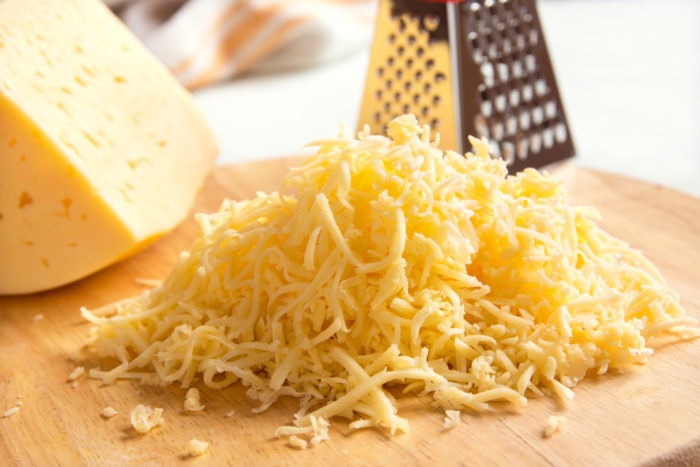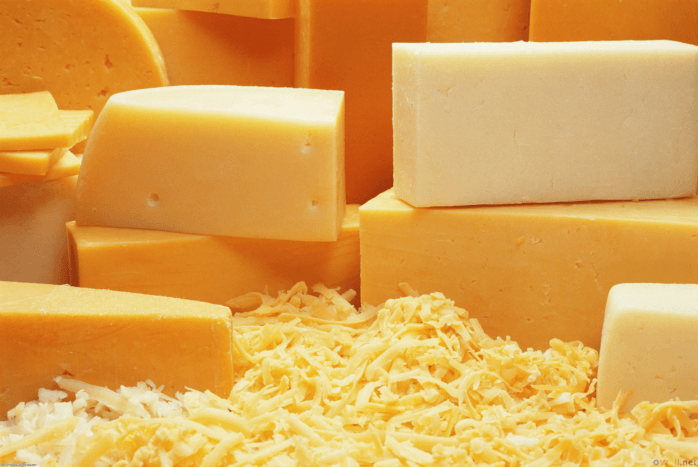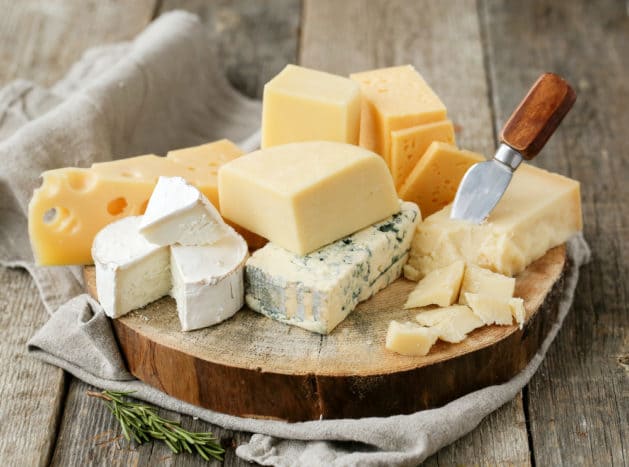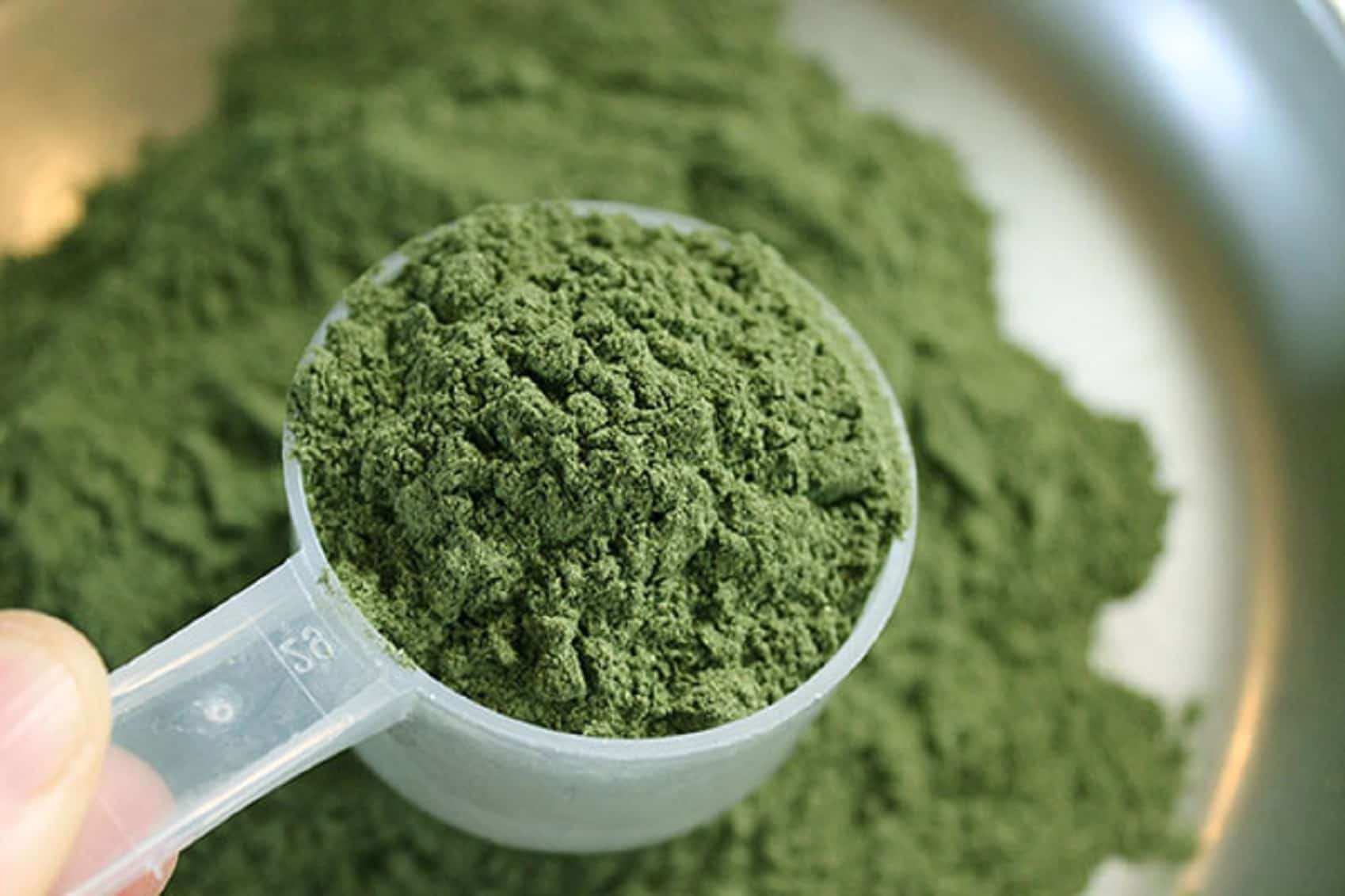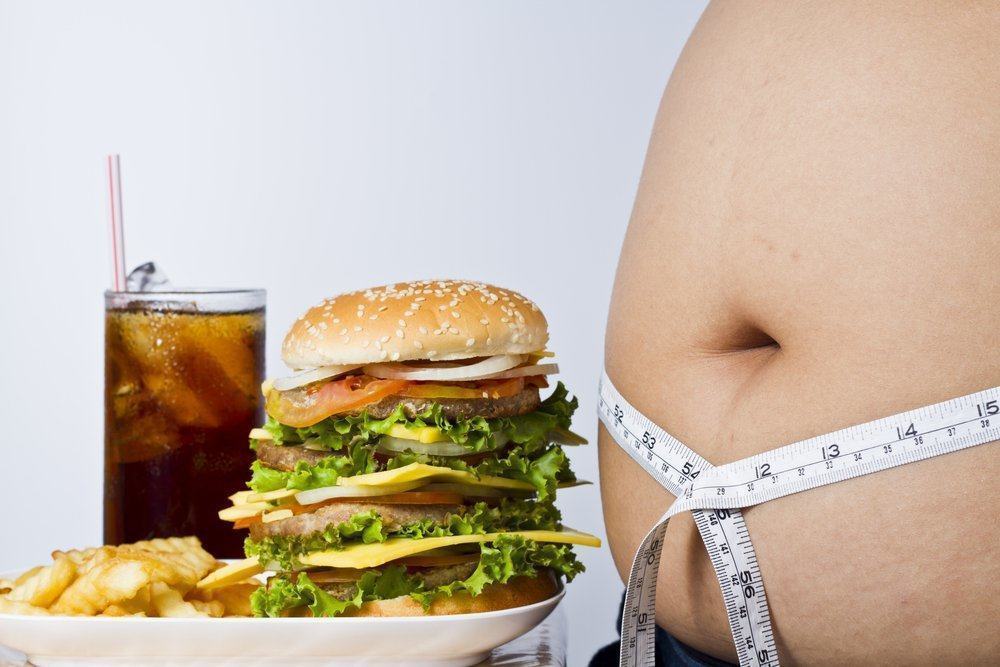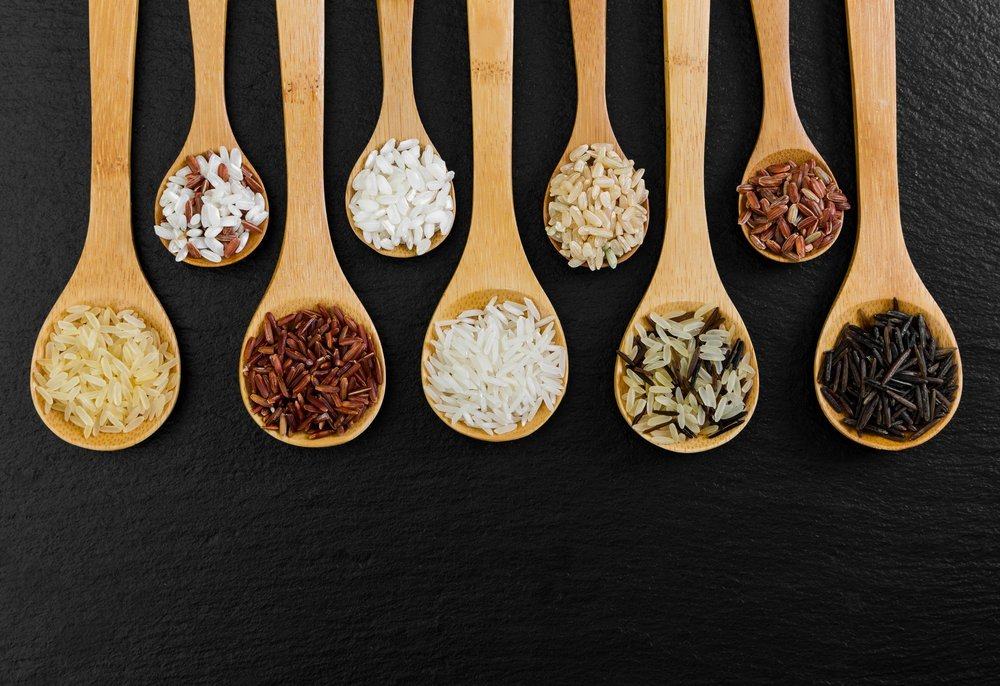Contents:
- Medical Video: Dairy for baby - introducing yogurt, milk and cheese in your baby’s diet
- When can a child eat cheese?
- How do you give cheese to a child for the first time?
- What type of cheese can be given to children?
- How to process cheese for children that is easy and practical?
Medical Video: Dairy for baby - introducing yogurt, milk and cheese in your baby’s diet
Cheese not only has a delicious taste, but is also beneficial for health. Cheese is filled with protein, vitamins A, D, and vitamin B12. In addition, cheese is also high in calcium and calories in every bite. This high calcium and calories is perfect for children for their growth and development. Then when is the right time the child can eat cheese?
When can a child eat cheese?
Most babies can eat cheese as soon as they are used to chewing, usually at the age of 6-9 months. Even so, this suggestion is indeed quite varied. Most pediatricians, reported on the Verywell Family page, recommend that at least 8-10 months old children who have no history of food allergies in the family may be introduced to cheese. If your baby has a history of food allergies, wait until the age of approximately 12 months.
To the Baby Center, the American Academy of Pediatrics says that the principle is that children may start eating cheese after they eat and get used to some authentic solid foods such as vegetables, fruit, and meat. After this, the child is allowed to try cheese.
However, if you already know that your baby has eczema or has a food allergy, before giving cheese you should consult your doctor first. Cheese is one type of food that is of a nature allergenic, because cheese contains milk protein.
Therefore, some children may not start eating cheese until it is allowed by the doctor. If the child turns out to be a cheese allergy, signs can appear such as facial swelling (including the tongue and lips), rashes on the skin, stomach cramps, vomiting, and diarrhea. So it is important to know the condition of the child.
If in your immediate family there are indeed allergies to cheese or other dairy products, you need to be more vigilant because your baby's child may have similar body conditions.
How do you give cheese to a child for the first time?
When giving cheese to a child for the first time, it's best to give it at home. Avoid giving cheese from food outside, such as from restaurants or other eating places. It is important to make sure that the cheese provided is only genuine cheese without any mixture.
In addition, like trying new products, you need to observe whether there is an effect of allergies or incompatibility in children. Serve cheese for at least 3-5 days without mixing other new foods. In this way, you can monitor the reaction of the cheese without being influenced by other new foods.
If your child has a reaction such as vomiting, diarrhea, a rash on the skin, abdominal pain, flatulence, your child may be sensitive to dairy products such as cheese. From here you can also decide to give the child more cheese or need further consultation with the doctor.
In addition, the most important, to prevent choking children should be to give cheese in small form. Cut the cheese the size of a baby's finger so that it can be grasped and chewed easily.
What type of cheese can be given to children?
When choosing cheese for the first time, make sure the cheese has been pasteurized, whether the cheese is made from cow's milk, lamb or goat's milk. Usually the description of the pasteurization process can be seen on the packaging label of the cheese product.
Children may eat pasteurized cheese because it is safer than bacteria. Cheese made with unpasteurized (or raw) milk is not allowed for babies because the cheese is potentially contaminated Listeria monocytogenes.
This is a form of bacteria that can cause fatal foodborne diseases, especially in very young children like babies.
Many types of cheese that you can offer to your child, including:
- Cheddar
- Parmesan
- Edam
- Gouda
- Mozarela
- Paneer
- Switzerland
- Colby
Most importantly, give the cheese that tastes light not too salty. Give in small sizes and quantities first and observe whether the child shows the characteristics of an allergic reaction.
How to process cheese for children that is easy and practical?
After you have ascertained the child may eat cheese safely, there are various ways to process cheese that you can do. Among them are:
- Mix scrambled eggs with cheese.
- Cheese is crushed with bananas or avocados.
- Bake cheese on bread.
- Melt the cheese over the vegetables. Make sure the cheese is not too hot when served.
- Add grated cheese on top of the food.


